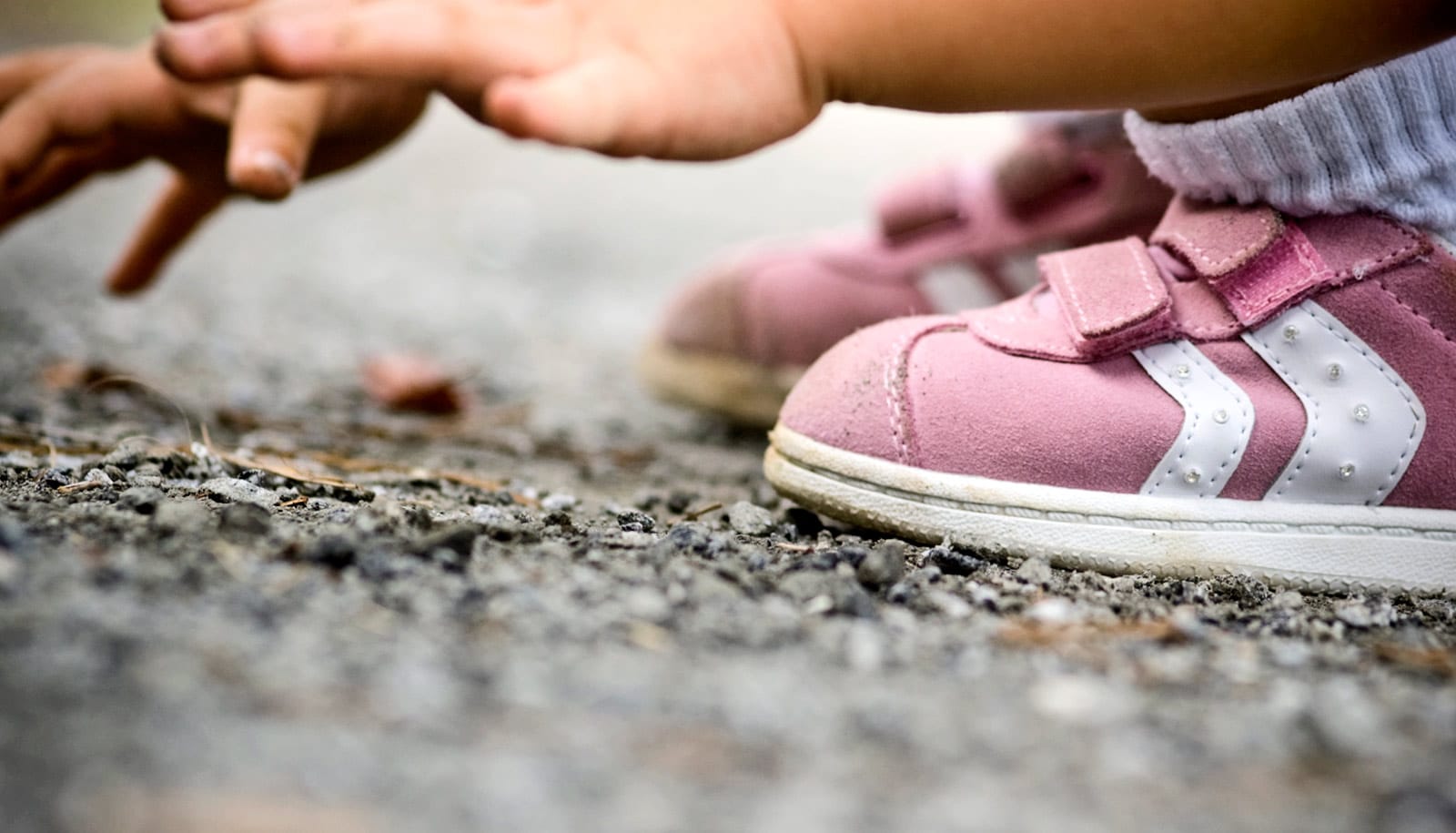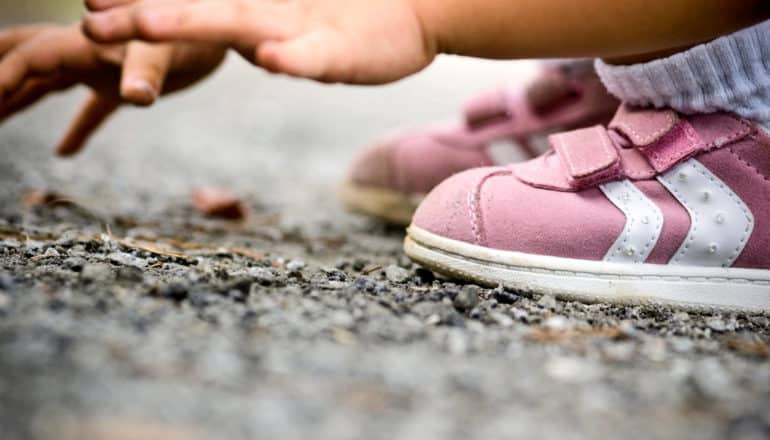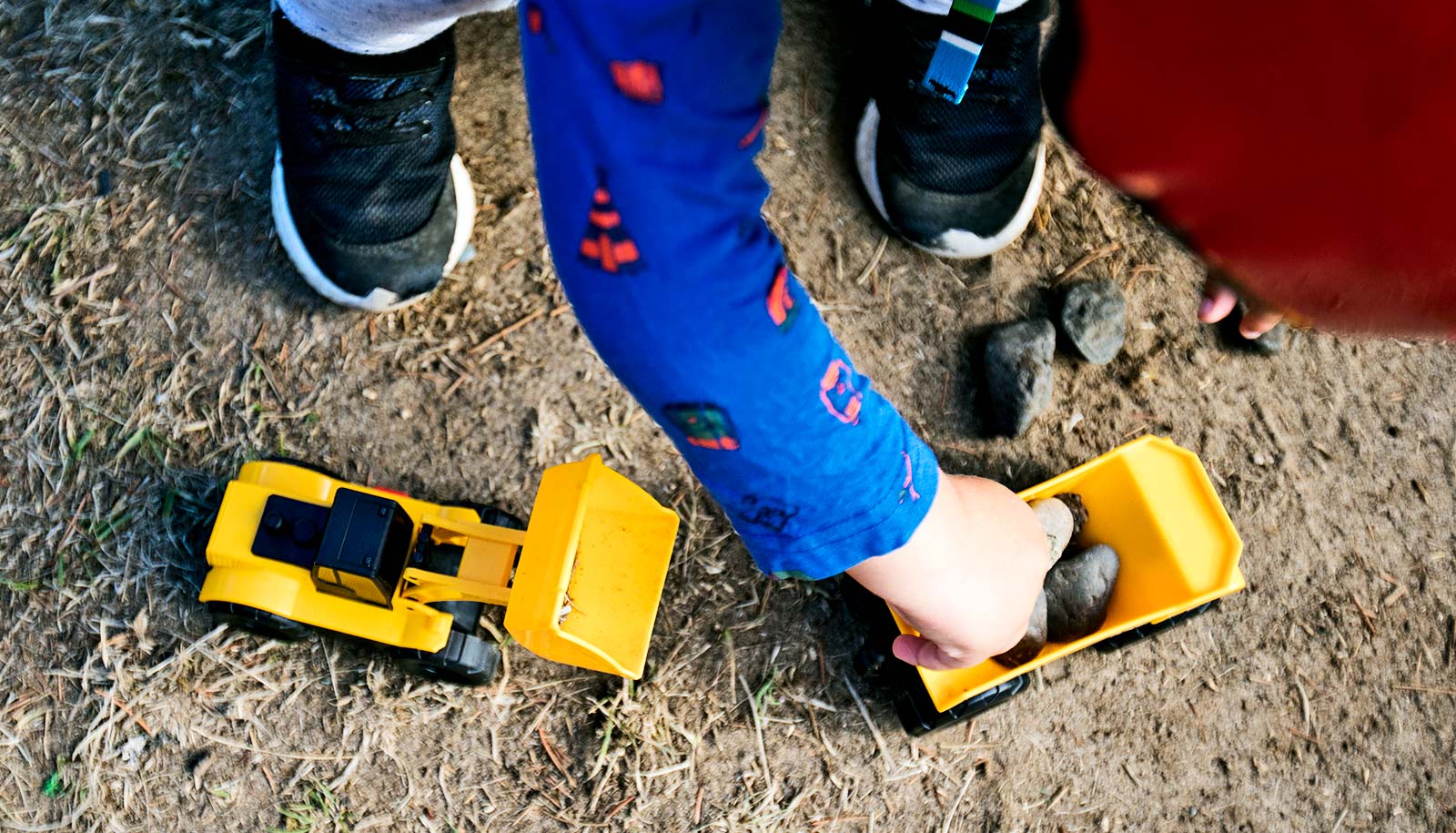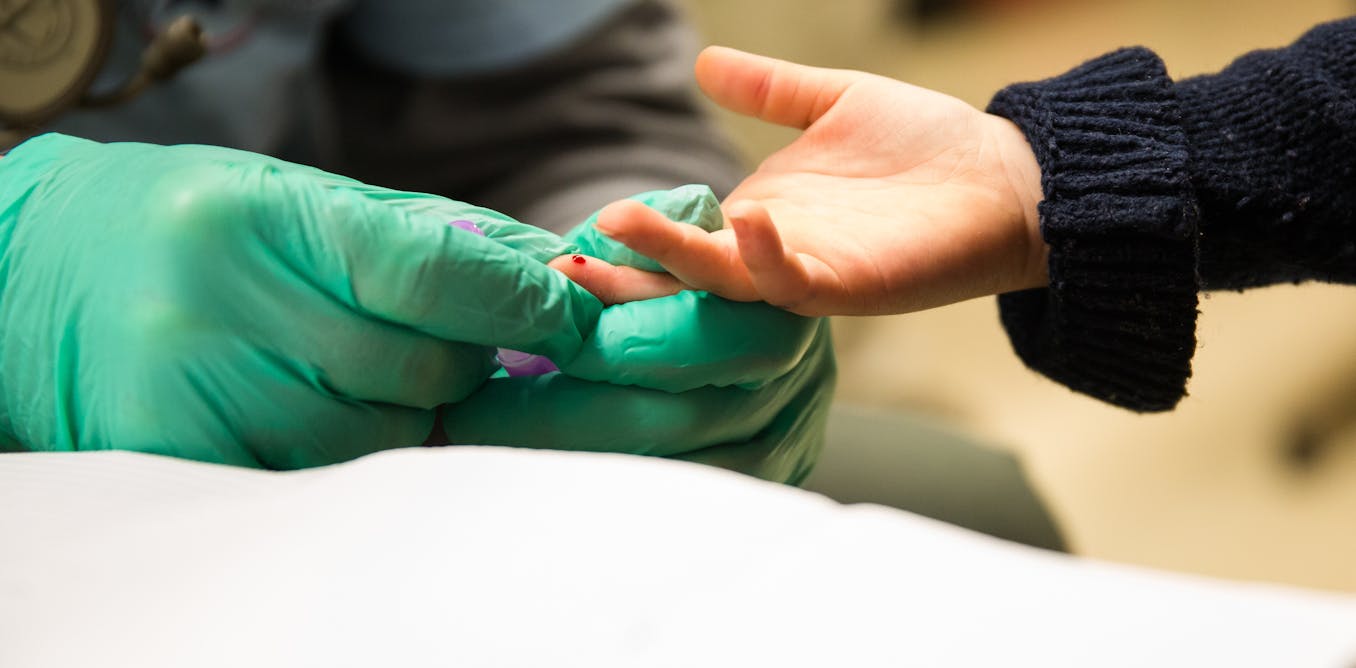
(Credit: Getty Images )
To protect city kids from lead, focus on the dirt
"Young children are extremely vulnerable to lead poisoning because of their normal crawling, hand-to-mouth, exploratory behavior."

Tracking lead levels in soil over time is critical for cities to determine the risks of lead to their youngest and most vulnerable residents, according to new research.
The study, which focuses on New Orleans, could serve as a model for cities around the world, researchers say. It is the first to show how long-term changes in soil lead levels have a corresponding effect on lead blood levels in children.
“Lead dust is invisible and it’s tragic that lead-contaminated outdoor areas are unwittingly provided for children as places to play,” says Howard Mielke, a pharmacology research professor at Tulane University School of Medicine and lead author of the paper in PNAS.
“Young children are extremely vulnerable to lead poisoning because of their normal crawling, hand-to-mouth, exploratory behavior.”
Exposure to lead is often irreversible, particularly for children, and includes behavioral or learning problems, decreased IQ, hyperactivity, delayed growth, hearing problems, anemia, kidney disease, and cancer. In rare cases, exposure can lead to seizures, coma, or death.
Soil lead after Katrina
In metropolitan New Orleans, children living in communities with more lead in the soil and higher blood lead levels have the lowest school performance scores. Experts recently cited lead as a top risk factor for premature death in the United States, particularly from cardiovascular disease, and is responsible for 412,000 premature deaths each year.
The research team began tracking the amount of lead in New Orleans soil in 2001, collecting about 5,500 samples in neighborhoods, along busy streets, close to houses, and in open spaces including parks.
The team from Mielke’s Lead Lab collected another round of soil sampling 16 years later. Those samples showed a 44% decrease in the amount of soil lead in communities flooded during Hurricane Katrina in 2005 as well as soils in communities not affected by the levee failures and storm surge.
Researchers then compared the soil lead with children’s blood lead data from the Louisiana Healthy Homes and Childhood Lead Poisoning Prevention Program from 2000-2005 and 2011-2016. Lead in blood samples decreased by 64% from 2000-2005 to the 2011-2016 time period and that decreasing lead in topsoil played a key factor in the declining children’s blood lead levels.
Environmental justice
Lead exposure is a critical environmental justice issue, according to researchers. The team found black children were three times more likely than white children to have higher blood lead levels, which socioeconomic status and education, the type and age of housing, and proximity to major roads and industry may explain.
“While the metabolism of the city could theoretically affect all residents equally, in reality social formations produce inequitable outcomes in which vulnerable populations tend to bear greater burdens of contaminant exposure,” Mielke says.
Further study is needed to determine if demographic changes in New Orleans since 2001 contributed to the decline in children’s blood lead levels, and if decreases are occurring equitably for all populations.
Additional coauthors are from Australia, Colorado State University, and City University of New York.
Source: Tulane University
The post To protect city kids from lead, focus on the dirt appeared first on Futurity.
Share this article:
This article uses material from the Futurity article, and is licenced under a CC BY-SA 4.0 International License. Images, videos and audio are available under their respective licenses.
Related Articles:
Decades after ban, lead in soil still puts kids at risk
May 27, 2021 • futurityLinks/images:
- https://www.futurity.org/dust-lead-levels-homes-children-1851182-2/
- https://doi.org/10.1073/pnas.1906092116
- https://www.futurity.org/lead-levels-preschoolers-1262762-2/
- https://www.futurity.org/hurricane-katrina-lead-1236052-2/
- https://www.futurity.org/lead-exposure-firearms-1029012-2/
- https://news.tulane.edu/pr/study-finds-topsoil-key-harbinger-lead-exposure-risks-children
- https://www.futurity.org/soil-lead-new-orleans-children-2184092/
- https://www.futurity.org


